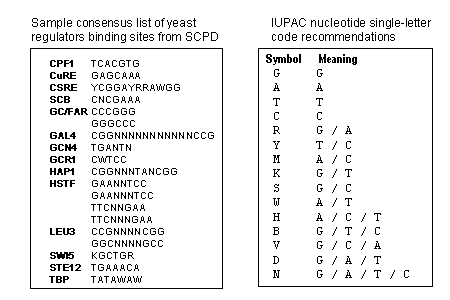

So for example, consider just three of the phylogenies shown above and a data matrix of two characters. Next, evolutionary transitions in each character are parsimoniously mapped onto each of the possible trees, and biologists select the tree that requires the fewest number of evolutionary changes. All the different ways that four taxa could be related. Because of the huge number of possible trees - far too many to be dealt with on paper - biologists use computer programs designed for this task. For just 10 taxa, there are more than 34 million different possible trees! So the first step to building a tree using parsimony is not trivial. There are 15 different ways that those taxa could be related, shown below, and that number skyrockets as the number of taxa increases. It’s a simple idea, but the first two steps require a lot of work - or a lot of computing power!įirst, what is meant by “build all possible trees?” Imagine that we want to figure out the evolutionary relationships among just four taxa: A, B, C, and D. The idea is to build all possible trees for the selected taxa, map the characters onto the trees, and select the tree with the fewest number of evolutionary changes. To find the tree that is most parsimonious, biologists use brute computational force. So, for example, based on the morphological data, the tree at left below requires only seven evolutionary changes and, based on the available evidence, is a better hypothesis than the tree at right, which requires nine evolutionary changes. The idea here is that, all other things being equal, a simple hypothesis (e.g., just four evolutionary changes) is more likely to be true than a more complex hypothesis (e.g., 15 evolutionary changes). One reliable method of building and evaluating trees, called parsimony, involves grouping taxa together in ways that minimize the number of evolutionary changes that had to have occurred in the characters. Information on controversies in the public arena relating to evolution.Alignment with the Next Generation Science Standards.The big issues – Pacing, diversity, complexity, and trends.Macroevolution – Evolution above the species level.Microevolution – Evolution within a population.Mechanisms: the processes of evolution – Selection, mutation, migration, and more.The history of life: looking at the patterns – Change over time and shared ancestors.An introduction to evolution: what is evolution and how does it work?.


 0 kommentar(er)
0 kommentar(er)
